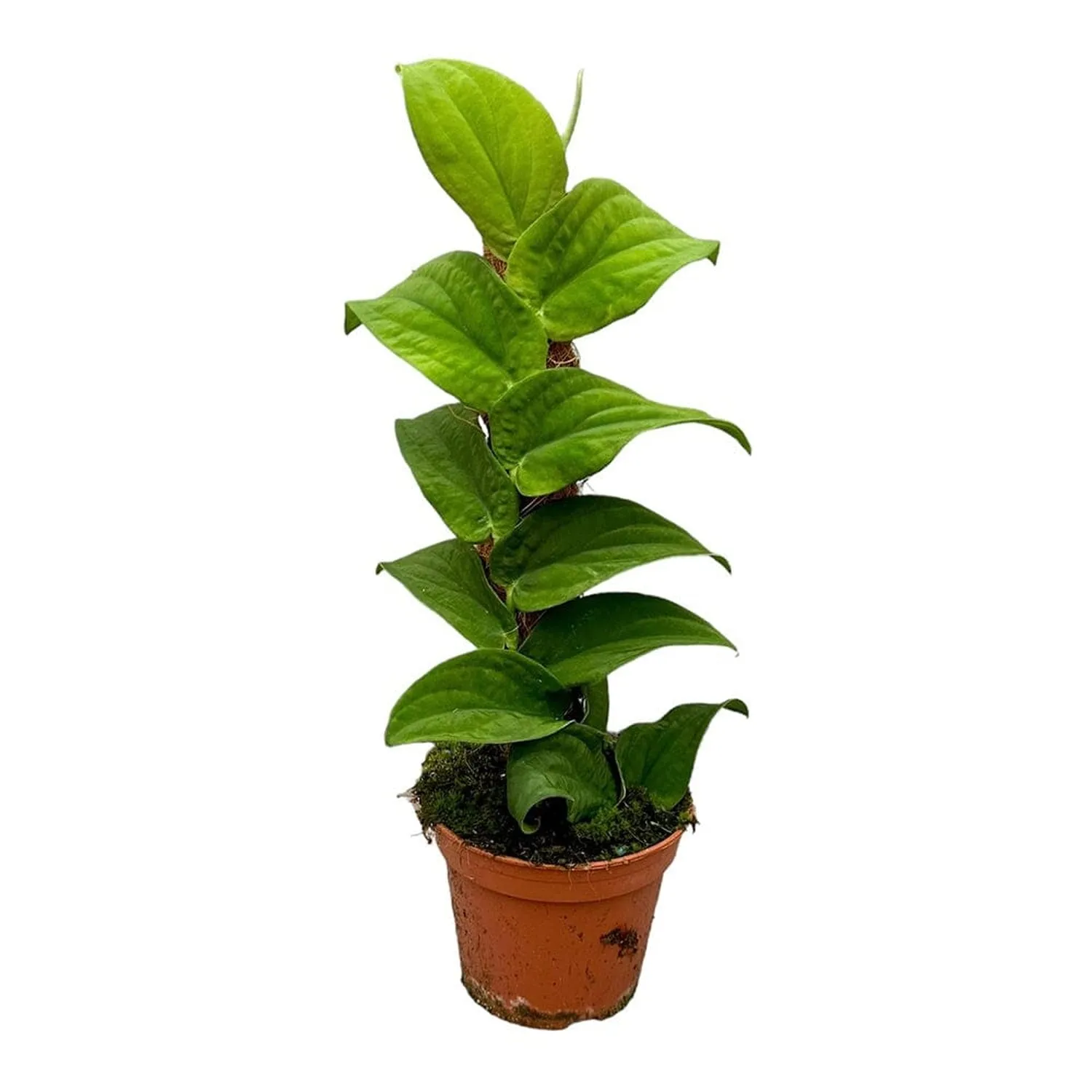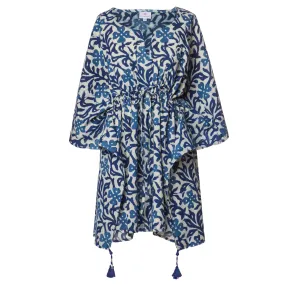Rhaphidophora Korthalsii, also known as the climbing philodendron or dragon tail plant, is a stunning tropical plant native to Southeast Asia. It belongs to the Araceae family and is renowned for its attractive foliage and climbing abilities. This plant is an excellent choice for indoor gardening, as it is relatively low-maintenance and can thrive in a variety of environments.
Description:
Rhaphidophora Korthalsii features large, glossy, dark green leaves that have a distinct elongated shape resembling a dragon's tail, hence its common name. The leaves have deep, prominent lobes, giving them a unique and exotic appearance. The plant grows as a vine and can reach impressive lengths if given proper support. As it matures, aerial roots may develop, aiding in its climbing nature. In addition to its striking leaves, this plant may produce small, inconspicuous flowers that emit a pleasant aroma.
Care Guide:
1. Lighting: Rhaphidophora Korthalsii thrives in bright, indirect light. It should be placed near a window with filtered sunlight, but avoid exposing it to direct sunlight, as this can scorch the leaves. If the plant is not receiving enough light, it might exhibit slow growth or leggy stems. In such cases, consider using artificial grow lights to supplement its lighting needs.
2. Temperature and Humidity: This tropical plant prefers warm and humid conditions. Ideally, maintain a temperature range between 65-85¬?F (18-29¬?C). Avoid exposing it to cold drafts or sudden temperature fluctuations, as it can negatively impact its growth. To increase humidity, you can use a humidifier, place a tray filled with water near the plant, or mist its leaves regularly.
3. Watering: Rhaphidophora Korthalsii prefers slightly moist soil, but it is crucial to avoid overwatering. Allow the top inch or two of the soil to dry out between waterings. Ensure good drainage by using well-draining potting soil and a pot with drainage holes. When watering, thoroughly saturate the soil and empty any excess water from the saucer to prevent root rot.
4. Fertilization: Feed your Rhaphidophora Korthalsii every 2-4 weeks during the growing season (spring and summer) with a balanced liquid fertilizer diluted to half the recommended strength. Refrain from fertilizing during the winter when the plant's growth slows down. Over-fertilization can lead to leaf burn, so it's essential to follow the instructions on the fertilizer packaging.
5. Pruning and Training: As this plant grows, it may require pruning to maintain its desired shape and prevent it from becoming too leggy. Prune any yellowing or damaged leaves, as well as any overly long stems. You can also train it to climb or cascade by providing a support structure such as a trellis or moss pole. Gently guide the vines to encourage growth in the desired direction.
6. Repotting: Rhaphidophora Korthalsii generally prefers to be slightly root-bound, so repotting is usually only necessary every 2-3 years or when the plant has outgrown its current container. When repotting, choose a pot that is one size larger and use a well-draining potting mix.
7. Pests and Diseases: While this plant is generally resistant to pests, it can occasionally be susceptible to common houseplant pests such as spider mites, mealybugs, and aphids. Regularly inspect the leaves for any signs of infestation and treat the affected areas promptly using organic pesticides or insecticidal soap.
By following these care guidelines, you can enjoy the beauty of your Rhaphidophora Korthalsii for many years to come. Remember to observe and respond to your plant's specific needs, as individual conditions may vary. With proper care, this stunning foliage plant will thrive and become a focal point in any indoor space.















